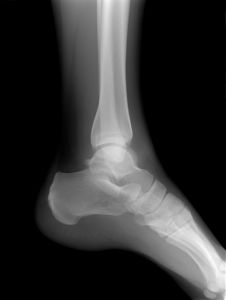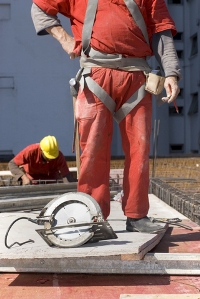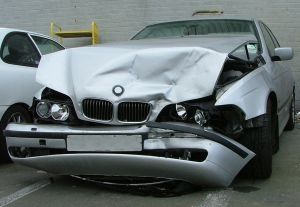Appeal of Brandon Kelly, a case from the Supreme Court of New Hampshire, involved claimant who was injured while working for a sheet metal company. His job responsibilities including driving a truck carrying sheet metal products to various job sites and making deliveries to customers.
 On the day of the incident, claimant had been driving his truck to a job site when he fell asleep behind the wheel. After falling asleep, his truck hit a utility pole, and claimant was seriously injured. As a result of his serious on-the-job car accident, doctors had to amputate claimant’s leg.
On the day of the incident, claimant had been driving his truck to a job site when he fell asleep behind the wheel. After falling asleep, his truck hit a utility pole, and claimant was seriously injured. As a result of his serious on-the-job car accident, doctors had to amputate claimant’s leg.
Following amputation of his leg, claimant filed a claim for workers’ compensation with employer’s workers’ compensation insurance company. Employer’s insurance company denied his claim for benefits, and claimant appealed to the state workers’ compensation commission. After a hearing, commissioners determined he was entitled to workers’ compensation benefits and ordered insurance company compensate claimant for his work-related injury.
Continue reading
 Massachusetts Workers Compensation Lawyers Blog
Massachusetts Workers Compensation Lawyers Blog












